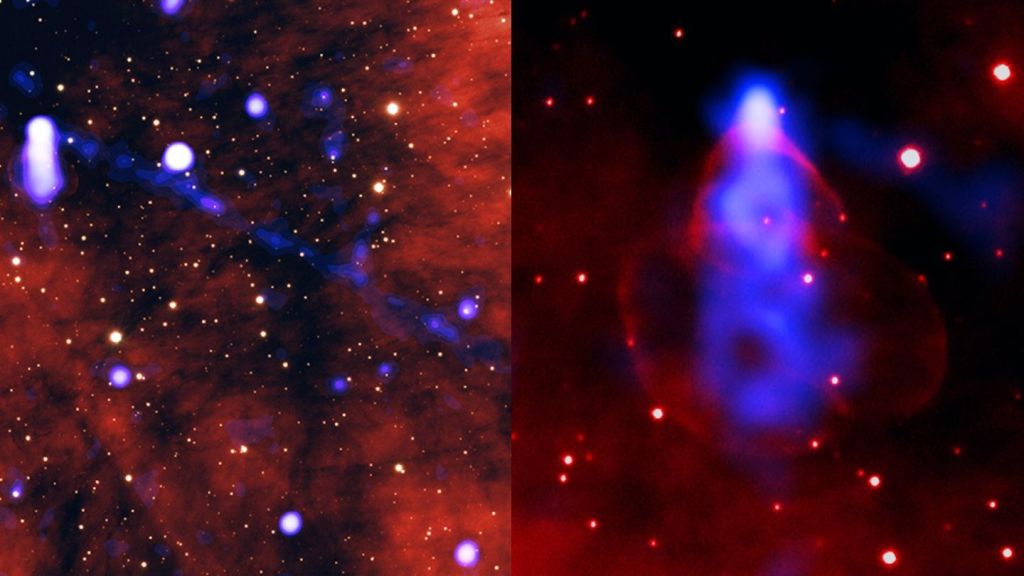Thiovulum majus is already a strange-enough form of bacteria.
For one thing, it’s big, relatively speaking, existing as 5- to 20-micrometer spherical cells. The cells also exhibit some unique collective behavior—as residents of saltwater marshes surviving on oxygen harvested from the water, they often form into disordered clumps called veins, which allow the bacteria colony to circulate water like we circulate blood. They’re able to form these clumps thanks to a covering of tiny flagella, which also allow individual cells to swim faster than any other sort of bacteria.
Videos by VICE
As described in a recent paper in the Physical Review Letters, these bacteria are capable of yet another perplexing behavior—they form living two-dimensional crystals. Crystals, as we usually understand them, are tightly packed, periodic arrangements of atoms but, here, bacteria act as the atoms, forming into tight lattice structures thanks to the hydrostatic attraction produced by the bacterial flagella. This attraction is what takes the place of the electromagnetic force binding together proper crystals.
It was an unexpected discovery for the Rockefeller University-based research group. The plan was to study the movements of Thiovulum majus through water droplets on a two-dimensional slide and it was here that they noticed something strange. The bacteria, which have a proclivity for rotating as they move around, like tiny propellers, didn’t “bounce” off of the surfaces they encountered as one might expect.
Instead, the Thiovulum majus pressed against the surfaces they encountered, spinning in place roughly 10 times per second. This is how the bacterial crystals formed, complete with lattice vacancies (a hole where a cell/atom should be but isn’t) as well as the smoothed, polished edges we expect with a conventional crystal.
The Rockefeller researchers investigated further, hoping to find out exactly how the bacteria accomplished this. It turns out that those flagella are used to create a vortex flow around the cell, which amounts to a negative pressure holding the different cells together in the crystal structure (like the molecular bonds in a real crystal).
“Cells spontaneously organize on a surface into a visually striking two-dimensional hexagonal lattice of rotating cells,” the study notes. “As each constituent cell rotates its flagella, it creates a tornadolike flow that pulls neighboring cells towards and around it. As cells rotate against their neighbors, they exert forces on one another, causing the crystal to rotate and cells to reorganize.”
The researchers can’t yet say for certain if the phenomenon is limited to two-dimensional slides in a laboratory or if it extends to the bacteria’s native environment. That this native environment consists primarily of mud makes this determination a difficult task. It seems likely, however, as the crystals offer an adaptive advantage.
“What we’re definitely seeing here is a bacterium that’s solving a very peculiar problem of getting nutrients fast enough,” offers study co-author Alexander Petroff in an APS summary. The bacteria are “doing it by self-organizing into a new state of matter that has a lot of interesting properties we can’t wait to understand.”



